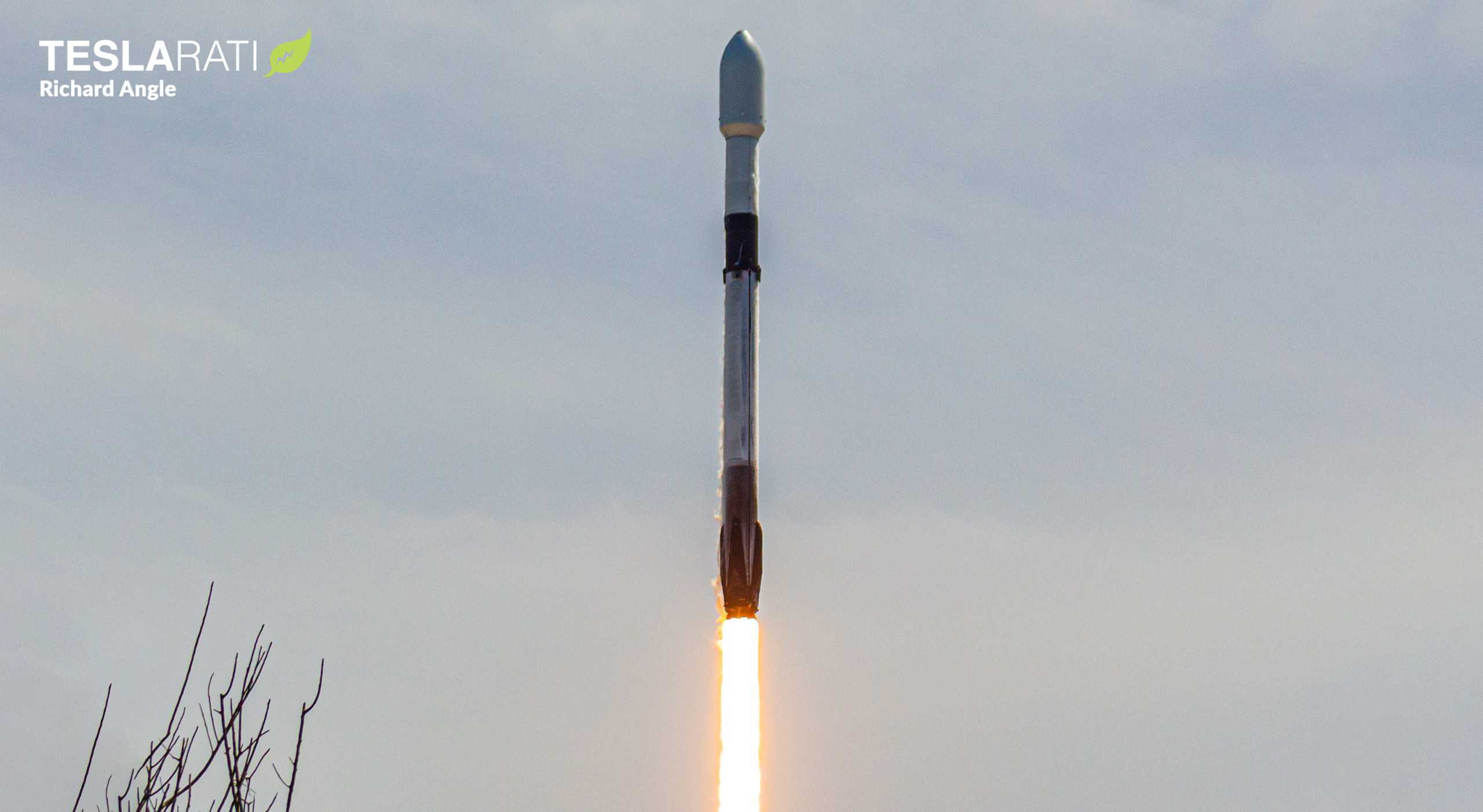

News
SpaceX Starlink a step closer to internet service and Elon Musk has beta test details
SpaceX’s successful April 22nd Starlink launch has brought the nascent constellation another step closer to serving customers internet and CEO Elon Musk has revealed the first significant beta test details.
SpaceX kicked off 60-satellite Starlink launches with its revolutionary flat-pack design in May 2019, a mission that served as a beta test for the new design and launched “v0.9 spacecraft”. The company finalized the “v1.0” Starlink satellite design shortly thereafter and began its operational launch campaign in November 2019. In the five subsequent months, SpaceX has completed six Starlink v1.0 launches, placing 360 satellites in orbit for a total of 422 as of today. Of the 422 spacecraft launched, ~415 remain operational and a small handful have been deorbited in the last few months.
The ultimate purpose of Starlink, of course, is to serve high-quality internet to customers anywhere on Earth, ranging from the deep winter Arctic to the middle of the Australian outback – places that are fundamentally underserved. Eventually, SpaceX may seek to open service to other less challenged locations and the extraordinarily ambitious final constellation – ~40,000 satellites strong – could easily serve the needs of tens or hundreds of millions, but the initial targets will, in SpaceX’s own words, be places where internet is “unreliable, expensive, or completely unavailable.” Finally, thanks to CEO Elon Musk, we have a more specific idea of when customers could begin using the Starlink constellation.
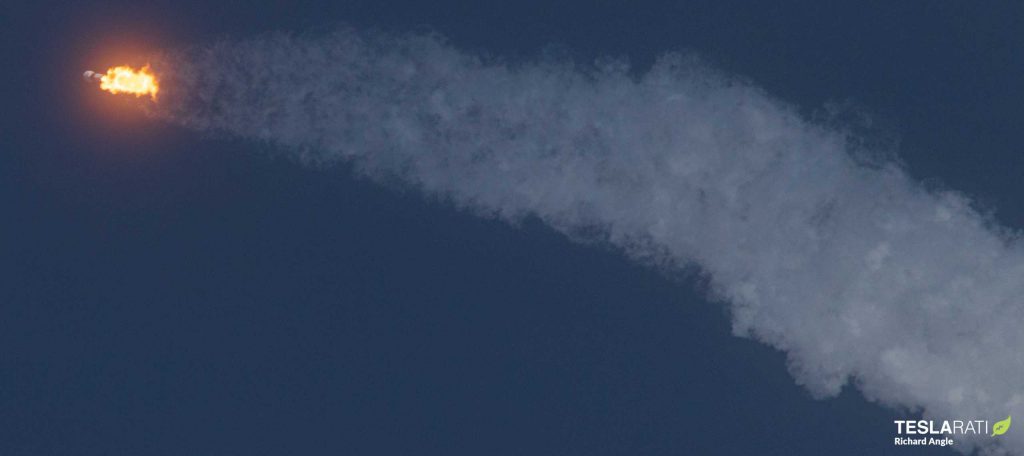
According to Musk, SpaceX could begin beta-testing its burgeoning Starlink satellite constellation as few as three months from now, potentially kicking off a “private beta” at some point in Q3 2020. “Private” means that it will almost certainly be reserved for SpaceX and Tesla employees and their families. Just like Tesla currently trials early software builds on employee cars, those customers would serve as much more regimented guinea pigs, likely offering detailed feedback throughout their trial of Starlink internet.
SpaceX has a lot of work to do along those lines. Aside from the quality, reliability, and usability of the network itself (can it stream YouTube/Netflix videos? Game? Teleconference?), the same aspects of the user terminal customers will need to access said network will also be under the microscope. If SpaceX is unable to mass-produce millions of high-quality, reliable user terminals and ensure that they are easy and intuitive to use, the quality of the Starlink satellite network itself would be effectively irrelevant.
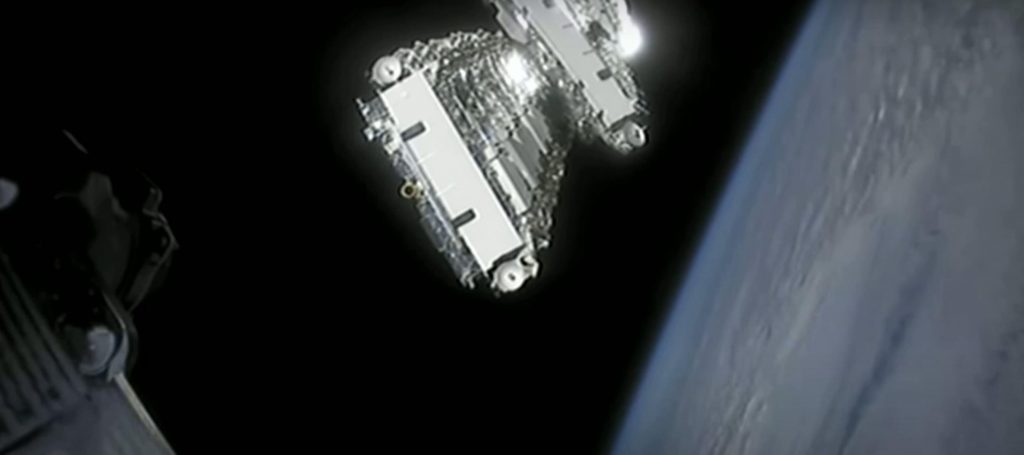
The problem is familiar for users of ISPs (i.e. a majority of humans): your WiFi router and modem can be top-of-the-line but bad internet service makes the quality of your home network irrelevant. Vice-versa, a bad router/modem also makes high-quality internet service effectively irrelevant. In other words, SpaceX fundamentally needs to ensure that neither component becomes a bottleneck for performance or user experience.
Hence starting with a private beta test. New consumer devices and services – let alone something as ambitious, complex, and new as Starlink – will almost invariably have many, many bugs in the early stages of functionality. To the average consumer, internet is simply a commodity that they expect to “just work” in most cases, so that average customer simply isn’t fit to judge or constructively criticize an early prototype.
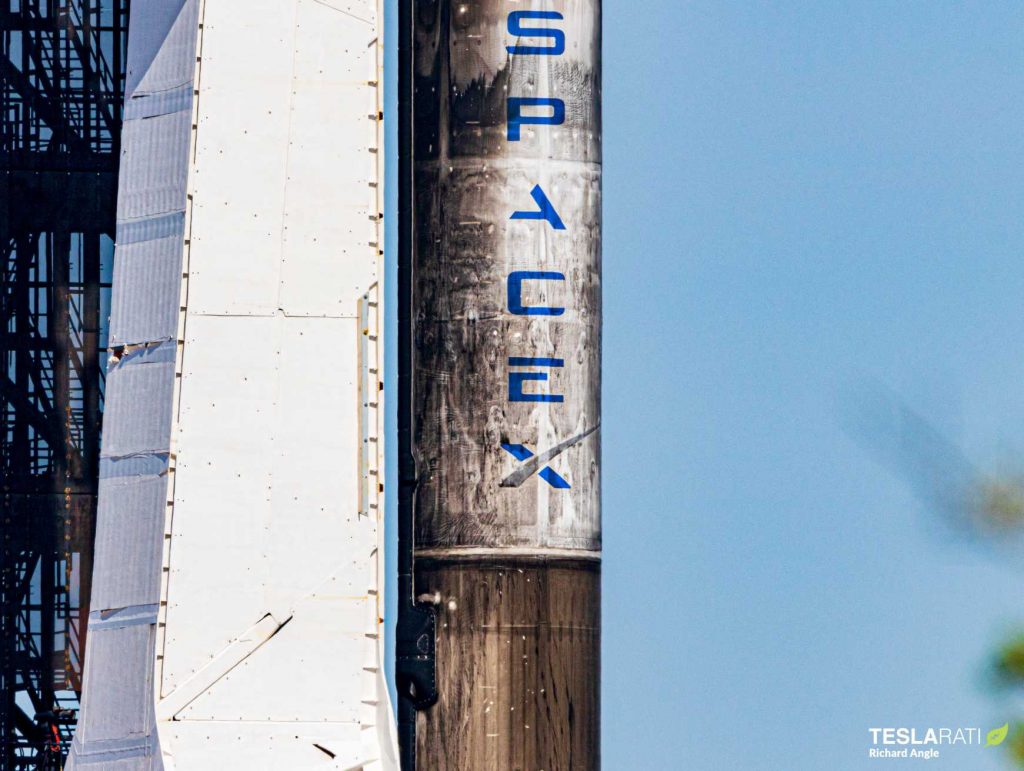
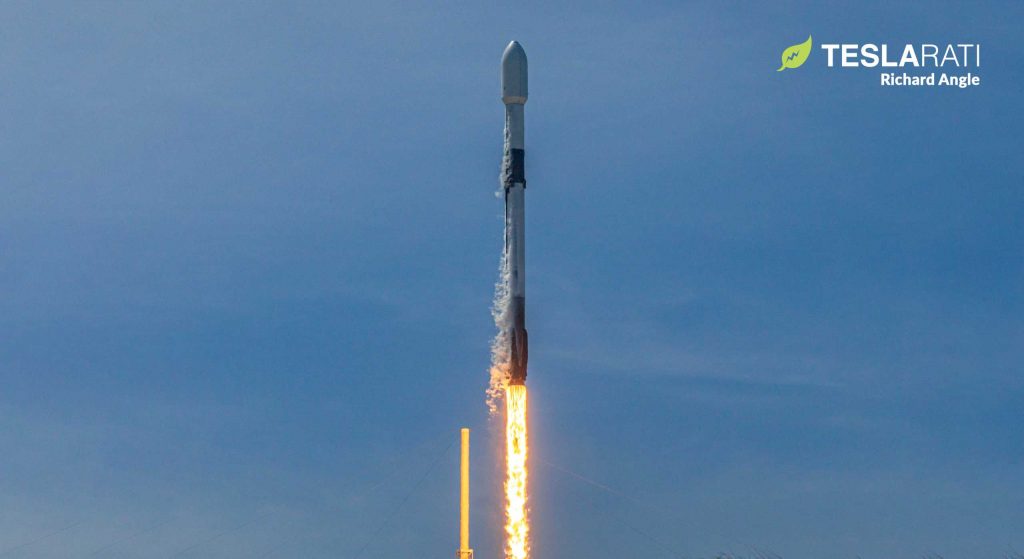
Once a majority of the most disruptive bugs and kinks have been worked out, though, SpaceX can begin what Musk described as a “public beta” as few as six months from now – Q4 2020. A public beta would most likely involve interested customers in the right geographic locations applying online and getting on a waitlist.
For now, it’s unknown how many testers those private and public betas will require. More likely than not, the private round will include around 1000-10,000 individuals, while it would be unusual if the public beta didn’t involve at least 10,000+ testers. There’s also a good chance that the public beta will gradually turn into full constellation operations, meaning that anyone (within reason) who wants Starlink internet would be able to join the network fairly quickly. Stay tuned for updates as SpaceX – launch by launch – gets ever closer to the goal of delivering customers internet from space.
News
Tesla begins Robotaxi certification push in Arizona: report
Tesla seems serious about expanding its Robotaxi service to several states in the coming months.

Tesla has initiated discussions with Arizona transportation regulators to certify its driverless Robotaxi service in the state, as per a recent report from Bloomberg News. The move follows Tesla’s launch of its Robotaxi pilot program in Austin, Texas, as well as CEO Elon Musk’s recent comments about the service’s expansion in the Bay Area.
The Arizona Department of Transportation confirmed to Bloomberg that Tesla has reached out to begin the certification process for autonomous ride-sharing operations in the state. While details remain limited, the outreach suggests that Tesla is serious about expanding its driverless Robotaxi service to several territories in the coming months.
The Arizona development comes as Tesla prepares to expand its service area in Austin this weekend, as per CEO Elon Musk in a post on X. Musk also stated that Tesla is targeting the San Francisco Bay Area as its next major market, with a potential launch “in a month or two,” pending regulatory approvals.
Tesla first launched its autonomous ride-hailing program on June 22 in Austin with a small fleet of Model Y vehicles, accompanied by a Tesla employee in the passenger seat to monitor safety. While still classified as a test, Musk has said the program will expand to about 1,000 vehicles in the coming months. Tesla will later upgrade its Robotaxi fleet with the Cyercab, a two-seater that is designed without a steering wheel.
Sightings of Cybercab castings around the Giga Texas complex suggests that Tesla may be ramping the initial trial production of the self-driving two-seater. Tesla, for its part, has noted in the past that volume production of the Cybercab is expected to start sometime next year.
In California, Tesla has already applied for a transportation charter-party carrier permit from the state’s Public Utilities Commission. The company is reportedly taking a phased approach to operating in California, with the Robotaxi service starting with pre-arranged rides for employees in vehicles with safety drivers.
News
Tesla sets November 6 date for 2025 Annual Shareholder Meeting
The automaker announced the date on Thursday in a Form 8-K.

Tesla has scheduled its 2025 annual shareholder meeting for November 6, addressing investor concerns that the company was nearing a legal deadline to hold the event.
The automaker announced the date on Thursday in a Form 8-K submitted to the United States Securities and Exchange Commission (SEC). The company also listed a new proposal submission deadline of July 31 for items to be included in the proxy statement.
Tesla’s announcement followed calls from a group of 27 shareholders, including the leaders of large public pension funds, which urged Tesla’s board to formally set the meeting date, as noted in a report from The Wall Street Journal.
The group noted that under Texas law, where Tesla is now incorporated, companies must hold annual meetings within 13 months of the last one if requested by shareholders. Tesla’s previous annual shareholder meeting was held on June 13, 2024, which placed the July 13 deadline in focus.
Tesla originally stated in its 2024 annual report that it would file its proxy statement by the end of April. However, an amended filing on April 30 indicated that the Board of Directors had not yet finalized a meeting date, at least at the time.
The April filing also confirmed that Tesla’s board had formed a special committee to evaluate certain matters related to CEO Elon Musk’s compensation plan. Musk’s CEO performance award remains at the center of a lengthy legal dispute in Delaware, Tesla’s former state of incorporation.
Due to the aftermath of Musk’s legal dispute about his compensation plan in Delaware, he has not been paid for his work at Tesla for several years. Musk, for his part, has noted that he is more concerned about his voting stake in Tesla than his actual salary.
At last year’s annual meeting, TSLA shareholders voted to reapprove Elon Musk’s compensation plan and ratified Tesla’s decision to relocate its legal domicile from Delaware to Texas.
Elon Musk
Grok coming to Tesla vehicles next week “at the latest:” Elon Musk
Grok’s rollout to Tesla vehicles is expected to begin next week at the latest.

Elon Musk announced on Thursday that Grok, the large language model developed by his startup xAI, will soon be available in Tesla vehicles. Grok’s rollout to Tesla vehicles is expected to begin next week at the latest, further deepening the ties between the two Elon Musk-led companies.
Tesla–xAI synergy
Musk confirmed the news on X shortly after livestreaming the release of Grok 4, xAI’s latest large language model. “Grok is coming to Tesla vehicles very soon. Next week at the latest,” Musk wrote in a post on social media platform X.
During the livestream, Musk and several members of the xAI team highlighted several upgrades to Grok 4’s voice capabilities and performance metrics, positioning the LLM as competitive with top-tier models from OpenAI and Google.
The in-vehicle integration of Grok marks a new chapter in Tesla’s AI development. While Tesla has long relied on in-house systems for autonomous driving and energy optimization, Grok’s integration would introduce conversational AI directly into its vehicles’ user experience. This integration could potentially improve customer interaction inside Tesla vehicles.
xAI and Tesla’s collaborative footprint
Grok’s upcoming rollout to Tesla vehicles adds to a growing business relationship between Tesla and xAI. Earlier this year, Tesla disclosed that it generated $198.3 million in revenue from commercial, consulting, and support agreements with xAI, as noted in a report from Bloomberg News. A large portion of that amount, however, came from the sale of Megapack energy storage systems to the artificial intelligence startup.
In July 2023, Musk polled X users about whether Tesla should invest $5 billion in xAI. While no formal investment has been made so far, 68% of poll participants voted yes, and Musk has since stated that the idea would be discussed with Tesla’s board.
-

 Elon Musk1 week ago
Elon Musk1 week agoTesla investors will be shocked by Jim Cramer’s latest assessment
-

 Elon Musk18 hours ago
Elon Musk18 hours agoxAI launches Grok 4 with new $300/month SuperGrok Heavy subscription
-

 Elon Musk3 days ago
Elon Musk3 days agoElon Musk confirms Grok 4 launch on July 9 with livestream event
-

 News7 days ago
News7 days agoTesla Model 3 ranks as the safest new car in Europe for 2025, per Euro NCAP tests
-

 Elon Musk2 weeks ago
Elon Musk2 weeks agoA Tesla just delivered itself to a customer autonomously, Elon Musk confirms
-

 Elon Musk1 week ago
Elon Musk1 week agoxAI’s Memphis data center receives air permit despite community criticism
-

 Elon Musk2 weeks ago
Elon Musk2 weeks agoTesla’s Omead Afshar, known as Elon Musk’s right-hand man, leaves company: reports
-

 News2 weeks ago
News2 weeks agoXiaomi CEO congratulates Tesla on first FSD delivery: “We have to continue learning!”













